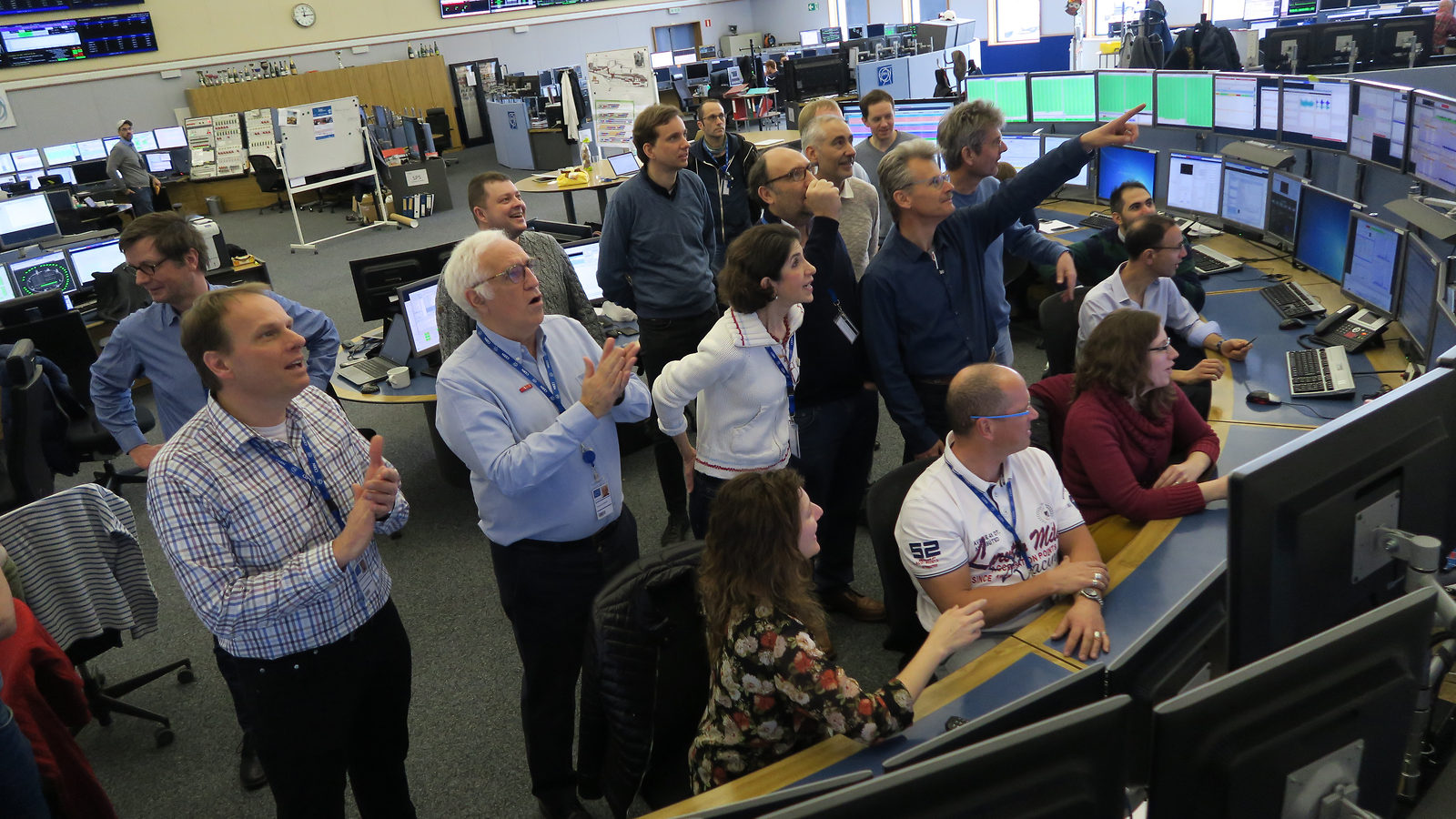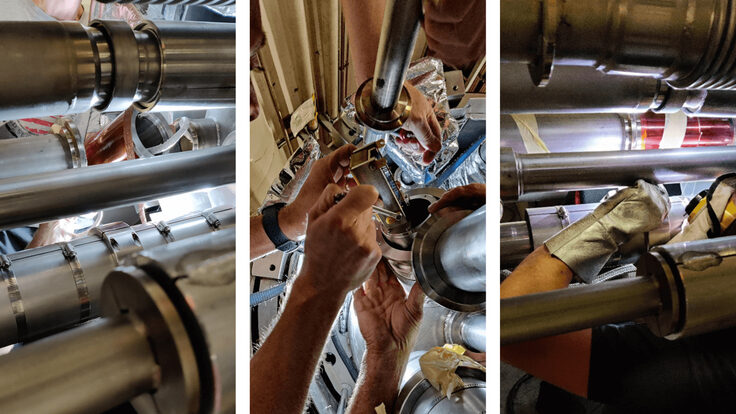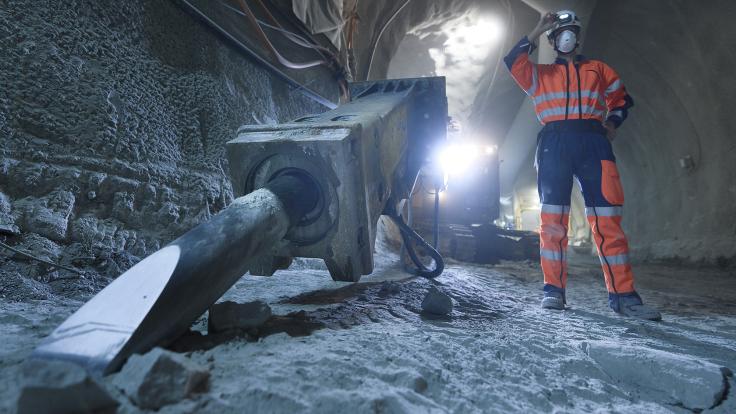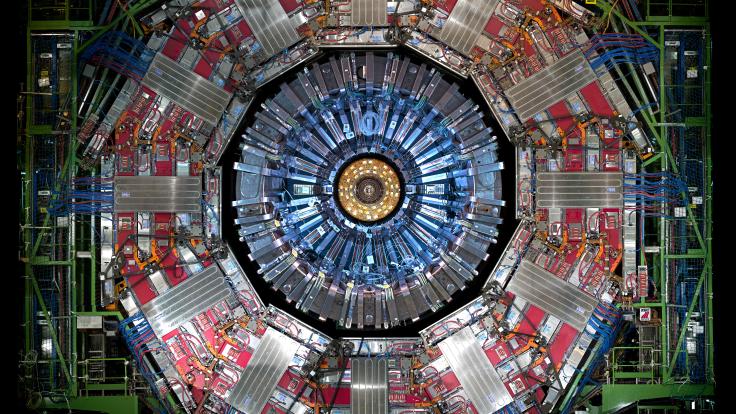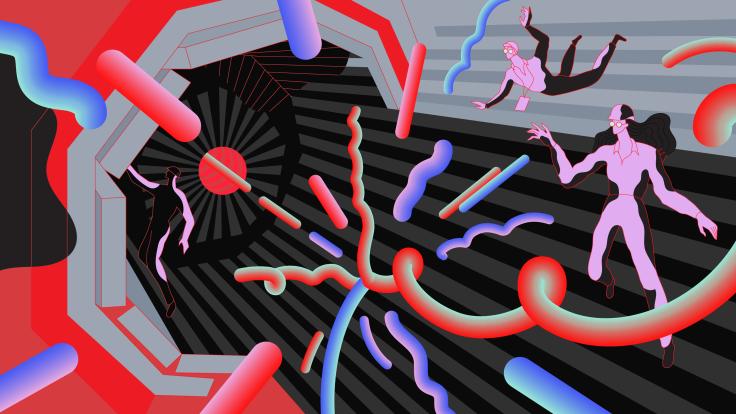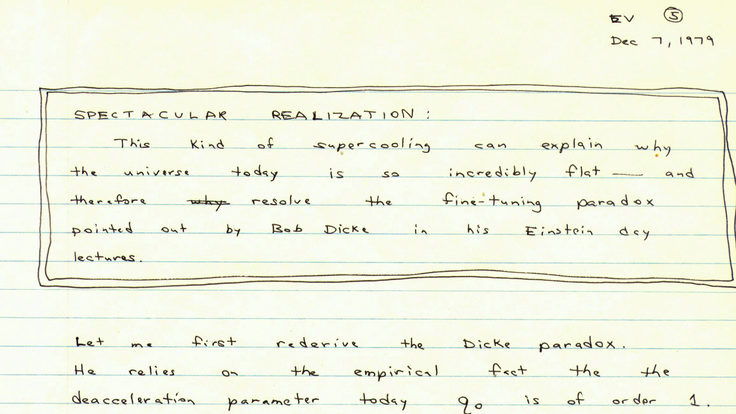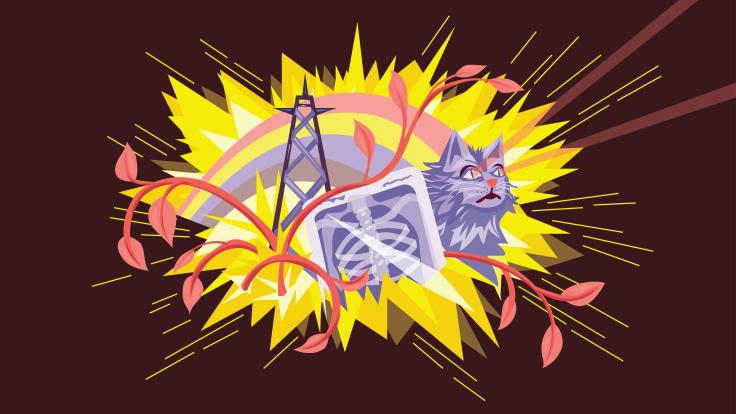Mike Lamont, the deputy head of the Beams Department at CERN, home to the Large Hadron Collider, turns and looks toward the entrance of the accelerator control center. “There she is,” he says.
Fabiola Gianotti, the Director General of CERN, strolls towards the crowd of engineers, operators and physicist huddled around the wall of screens that form the control panel for LHC.
“Who is the operator on shift?” Gianotti asks, and a woman perched in front waves her over. Gianotti hands her a large Colomba Gocce di Gioccolato, a traditional Italian Easter cake.
For most of CERN, today is a holiday. But for the people who operate the LHC, it’s time to wake up the world’s most powerful particle accelerator after a regularly scheduled three-month shutdown for repairs. The last several weeks have been a gradual build-up to this moment.
“We’ve done 10,000 tests,” says Rende Steerenberg, the leader of the Operations Group, the team that makes sure CERN’s entire accelerator complex is running smoothly.
The morning started as most mornings do in the CERN Control Centre. The person responsible for the LHC’s pre-beam checkout gave a short presentation about everything that had happened during the previous 24 hours and gave an update on the plan for the day. The 10-minute presentation ended with a pithy statement in a big yellow text box: LHC ready for beam injection. Normally, only a handful of people show up to this daily briefing. But today, every seat at the table was filled.
The CCC is a large, open room with long, vertical windows looking toward the snow-capped Jura mountains. It’s divided into four circular islands, each responsible for one part of CERN’s accelerator complex. Today the LHC island is buzzing with life and energy.
Jörg Wenninger, who is responsible for the LHC operation, switches between English, French and German as he briefs various colleagues. “What’s the intensity for today?” asks one of the specialists for the radio-frequency cavities, the machinery that accelerates the proton beam. Each team settles in front of their control panels as the well-choreographed process begins.
The restart doesn’t happen all at once. Rather, engineers send single packets of protons partway into the LHC and intentionally absorb them with collimators before sending the next packets slightly further.
“We adjust the steering and make sure that there’s nothing blocking the proton’s path,” Steerenberg says.
Sector by sector, the trajectory of the proton beam is measured and fine-tuned. After about two hours, the beam makes it to Point 5—halfway around the accelerator. Then there’s an electrical trip near the beam dump. The relevant expert gets in a car and makes his way through the French countryside to check on the hardware, which is stored above ground near the access point.
In addition to holding the title for “World’s Single Largest Machine,” the LHC is also perhaps the most complicated contraption ever built. Every part needs to work flawlessly for the overall accelerator to function. The people responsible are no strangers to troubleshooting problems as they arise.
“It’s really variable,” Steerenberg says. “Sometimes we can run for many days without any faults, but other times it’s one after the other.”
Whenever there’s a problem, the LHC’s operators and experts tackle it with the efficiency of a well-oiled machine.
“At the very beginning, when the LHC first started up, we were more anxious,” Steerenberg says. “After seven years of operation, we’re all really used to it.”
The expert returns. “He’s back so we’ll restart in a few minutes,” Wenninger announces to the room.
At 12:17 p.m., the operators and machine experts laugh and cheer.
“C’est bon, ça circule!” applauds Frédérick Bordry, CERN’s Director for Accelerators and Technology, in French. The first proton beam has made it all the way around the LHC and is circulating clockwise at close to 11,000 times every second.
“On attend le beam deux,” he says.
Within 20 minutes, beam two is circulating in the opposite direction.
“Bravo, mesdames et messieurs!” Bordry cheers. “Fantastique.”



